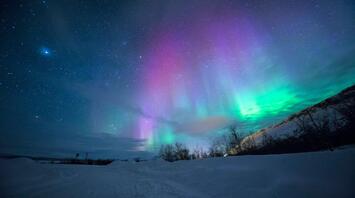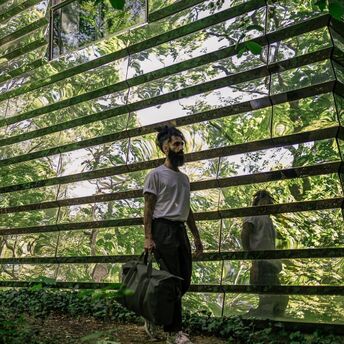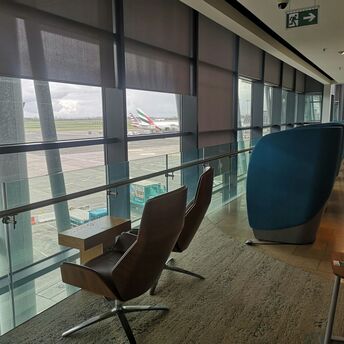Auroras Expand Beyond the Arctic, Lighting Up New Horizons

The Northern Lights lit up the European skies toward the end of 2024, with sightings recorded much farther south than usual due to heightened solar activity. This trend is expected to intensify in 2025, which is predicted to be a peak year for observing this natural wonder. Typically visible near the Arctic Circle, the auroras recently graced regions like southern England, Slovenia, and even Italy, offering a rare spectacle to areas beyond the usual viewing zones.
The dazzling colors of the aurora borealis result from solar particles interacting with Earth's atmosphere, producing hues ranging from green to red and violet, depending on altitude and gas composition. As the Sun approaches the peak of its 11-year solar cycle, the phenomenon is anticipated to grow stronger and more frequent. Travelers planning trips in 2025 can expect awe-inspiring views in traditional hotspots like Iceland, Lapland, and Tromsø, alongside potential surprises in more southerly regions.
Lapland, located in northern Finland, is one of the best places to witness the Northern Lights. Its clear skies, distance from city lights, and polar nights create ideal conditions for this phenomenon. Tourists can enjoy the auroras from special glass igloos or cabins that offer comfort and a unique view of the starry sky. In addition to observing the lights, visitors can engage in winter activities such as dog sledding, skiing, or visiting traditional Sámi villages.
Tromsø, known as the "Gateway to the Arctic," is another popular destination for aurora enthusiasts. This Norwegian city, located above the Arctic Circle, combines modern infrastructure with opportunities to enjoy the natural spectacle. Tourists can join organized tours to find the best spots for aurora viewing or visit scientific centers dedicated to studying this phenomenon. Tromsø’s proximity to the sea and mountainous landscapes provides unforgettable views that enhance the magic of the Northern Lights.
This celestial display not only captivates onlookers but also serves as a reminder of the complex relationship between solar activity and Earth's magnetic field. The year 2025 may offer unique opportunities for photographers, scientists, and enthusiasts to witness auroras in places rarely associated with such phenomena. For travelers, 2025 represents an ideal window to plan excursions aimed at experiencing the aurora borealis. Whether heading to Arctic destinations or hoping for unexpected sightings closer to home, enthusiasts are likely to be rewarded with unforgettable views of the night sky.



















